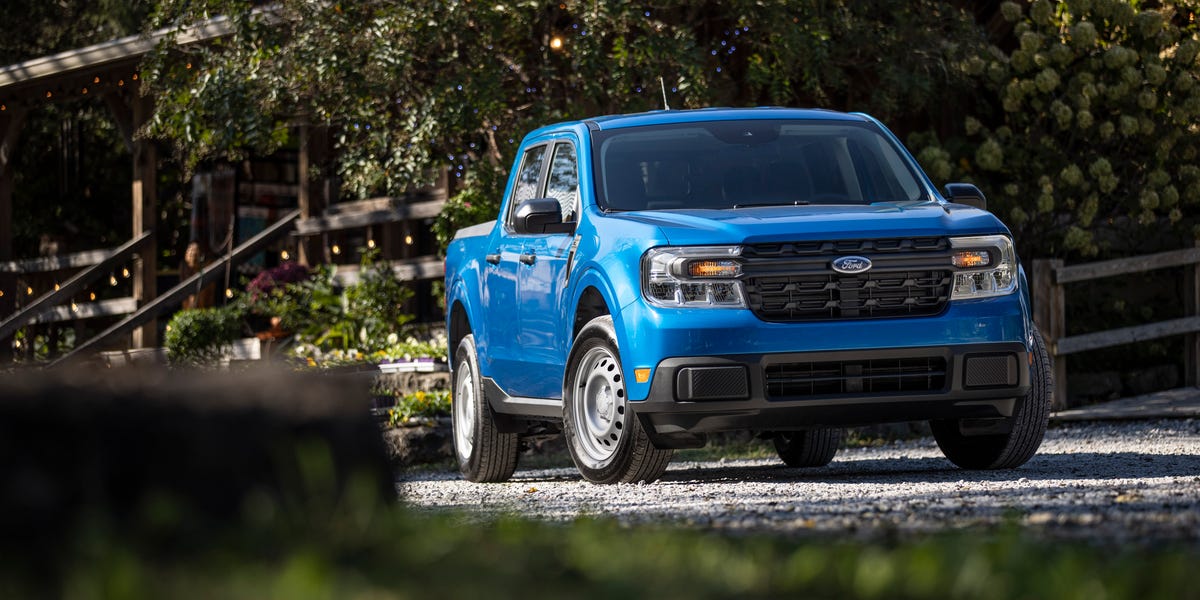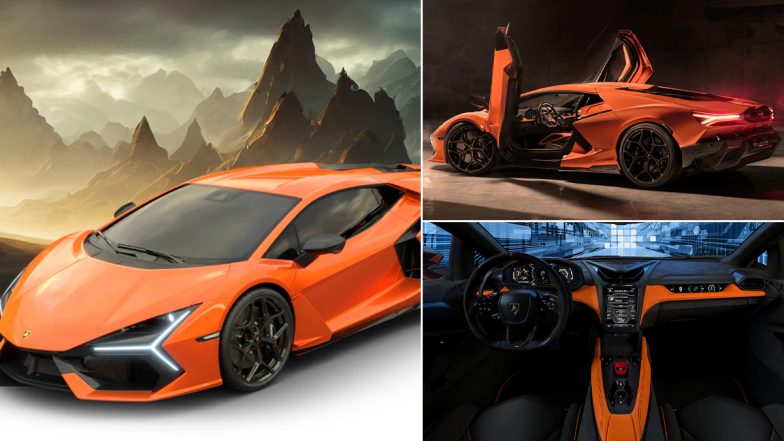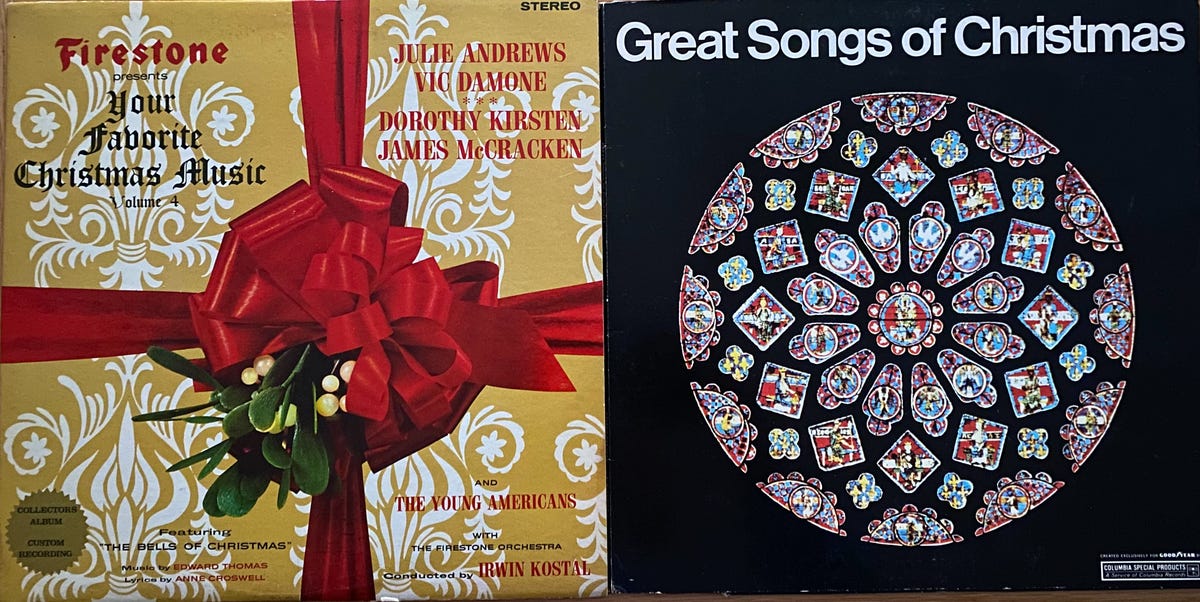Top 7 Features of the Nissan Jikoo
There are concept cars that anticipate the debut of new models. Others develop fresh design and engineering solutions. There are just show cars, created to entice the public. But the Nissan Jikoo – surprising both externally and by design – appeared only because the company happened to have an anniversary.
This Car Was a Gift for Nissan and for Japan’s Capital City at Once
The car is dedicated to two anniversaries at once. First, Nissan’s 70th anniversary, which was celebrated in 2003. At the same time, it marked the 400th birthday of the Edo Shogunate, as Tokyo was called in ancient times. That’s why one small roadster is mixed up with hidden meanings and Easter eggs for five ordinary concepts.
The historical and cultural subtext is obvious at a glance. At least, for someone who understands Eastern heraldry. The intricate pattern of Nissan Jikoo wheel rims is the emblem of the Tokugawa dynasty, the ancient rulers of Tokyo.
The Car Didn’t Shine With Dynamics
Other retromotives of this car aren’t so obvious from the outside. For example, the hood on the roadster opens sideways: as was customary on cars of the 1920s and 1930s. It’s not a hood at all, though. Under the hinged lid at the front is a two-level trunk. The engine is in the back, and its data isn’t particularly flaunted.
In the autumn of 2003, at the presentation of the model in Tokyo, Nissan officials avoided questions about the power plant. But there was also nothing to brag about. Jikoo used the electric motor and power batteries of the tiny electric car Hypermini. From 1999 to 2001, Nissan made 219 of these babies to study potential demand. Since they are so small, they aren’t speedy so that they won’t get on the 22Bet car racing event tops but will be suitable for routine driving.
Jikoo Is Stylized as a Classical Model
A logical reaction to the Jikoo is how tiny it is! It may seem that the dimensions of the roadster fit into the standard kei-car – 3,295 by 1,395 and 1,150 mm. But the concept Nissan is a bit bigger: its length is 3730 mm, width is 1615 mm, height is 1230 mm, and wheelbase is 2400 mm.
The combination of modern aerodynamic contours and retro elements in the design is not a coincidence. Both the proportions and the exterior of Jikoo refer to the classic Datsun Type 14 Roadster 1935.
The Place of the Traditional Trunk Is Occupied by a Folding Seat
By modern standards, a roadster is strictly a two-seat car, with no additional row of seats. In the middle of the XX century, the classification of bodies was not so principled. Then and on roadsters there were “extra” chairs, and even the whole banquette.
It’s hidden on a place of a traditional trunk and if necessary it is unfolded, becoming an additional place. The English used to call this type of seat Rumble seat, the Germans – Schwiegermutter Sitz, and in our country it is known as “mother-in-law’s seat”.
Jikoo Was Made With Ancient Technology
As disappointing as the potential of Jikoo’s power plant is, the elaborateness of all interior and exterior elements is equally impressive. Designers of Nissan Tokyo Creative Box studio tried to make details of Jikoo emphasize the centuries-old traditions of local craftsmen.
For example, Jikoo’s wheel arch bezels and bumpers were made using the traditional method of tapping. The parts were shaped using a template and a wooden hammer.
Instead of usual for modern cars carpeting, the floor of the concept was lined with parquet with exquisite engraving. The steering wheel is finished with buffalo horn and tortoise shell. Even the roadster’s headlights are reminiscent of Japanese paper lights, and the rear optics are stylized as Edo Kiriko, the traditional art of the glassblowers of old Tokyo.





